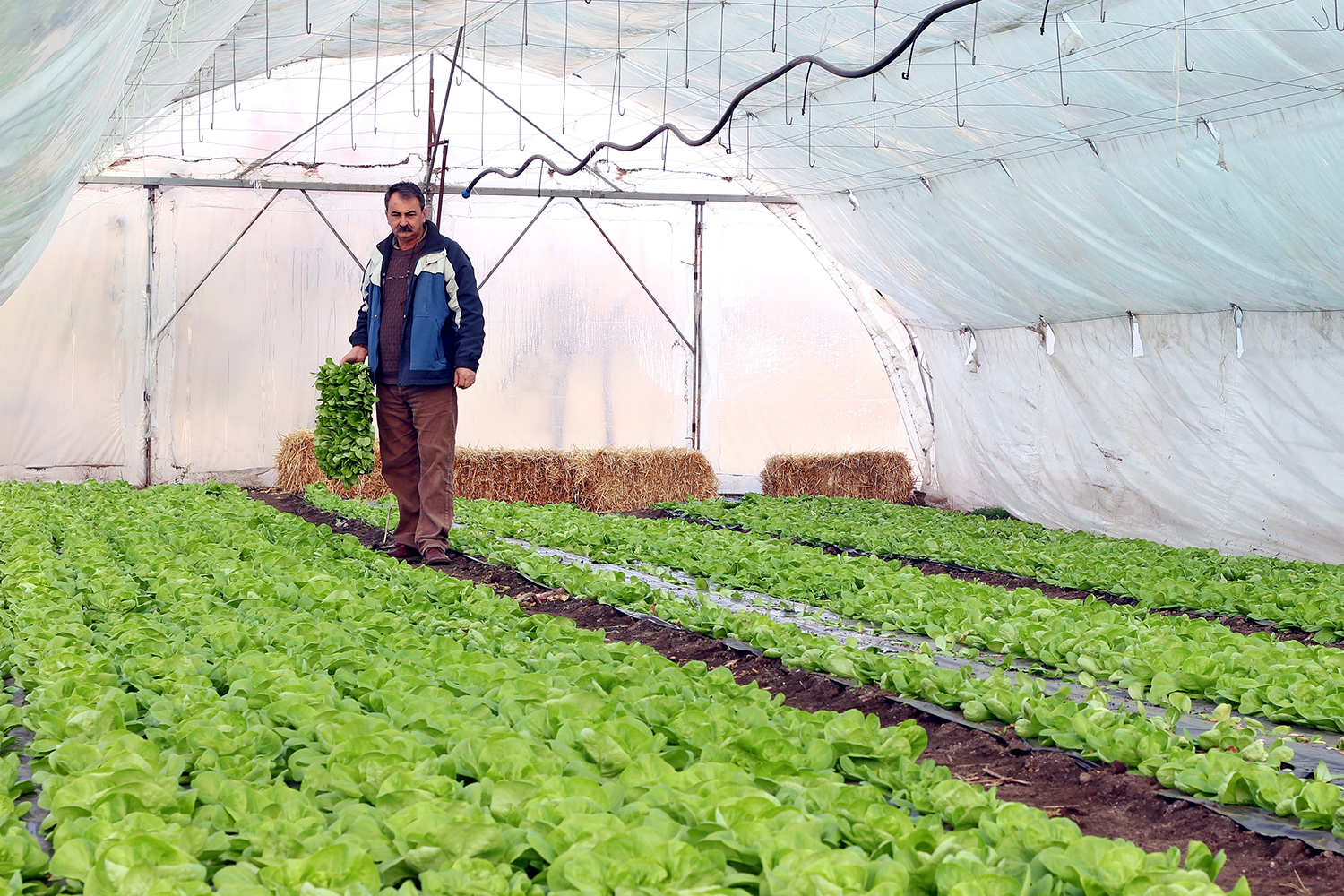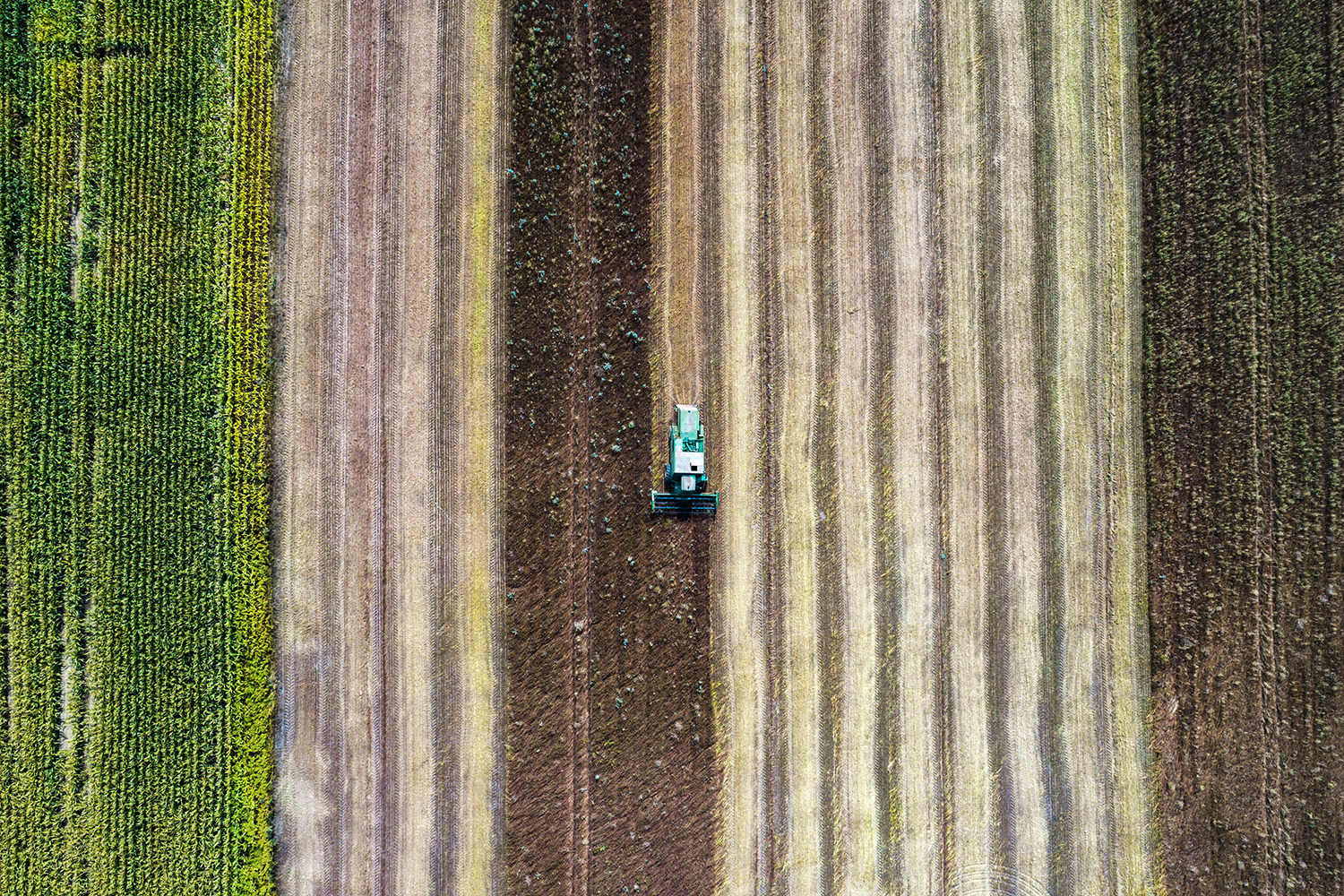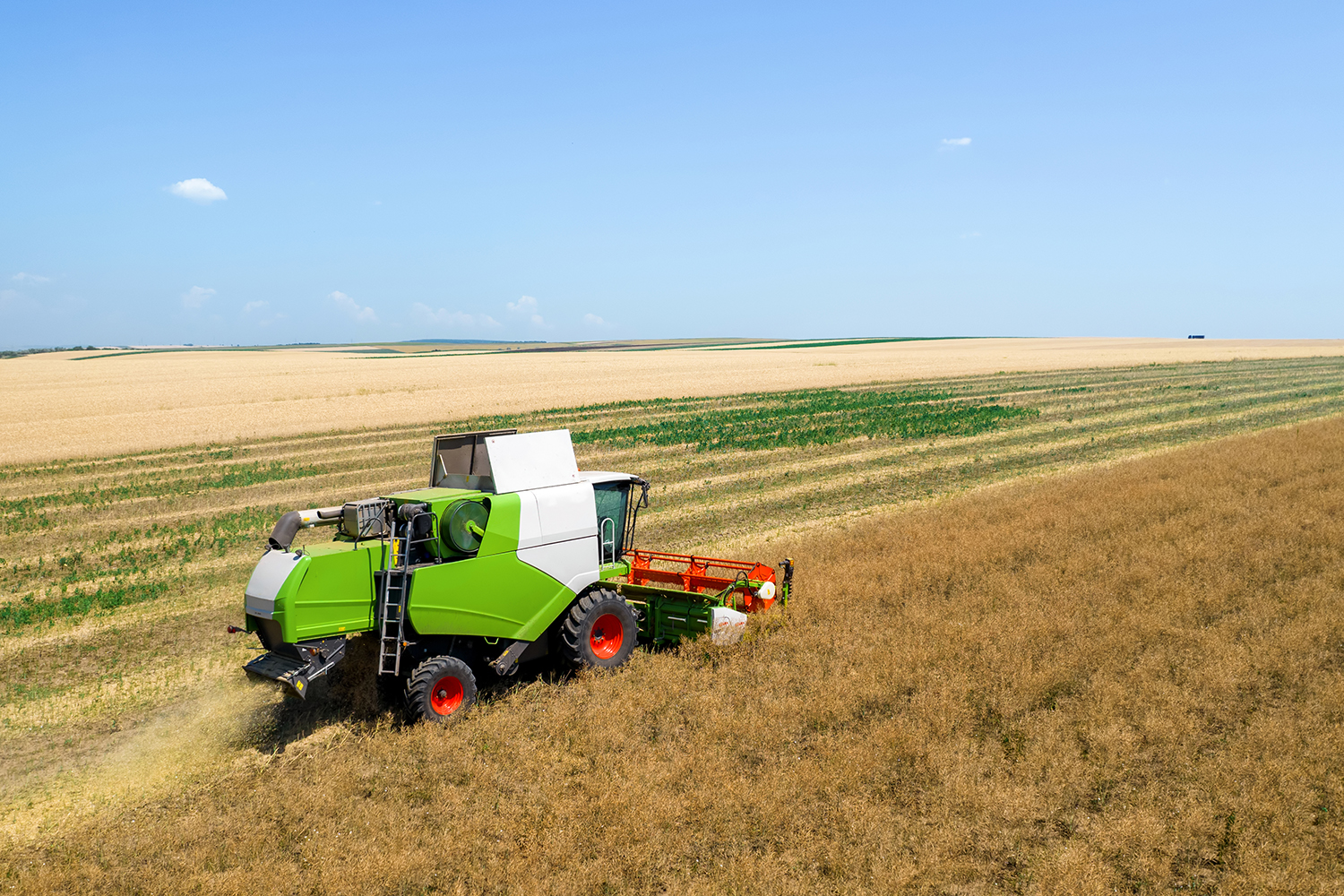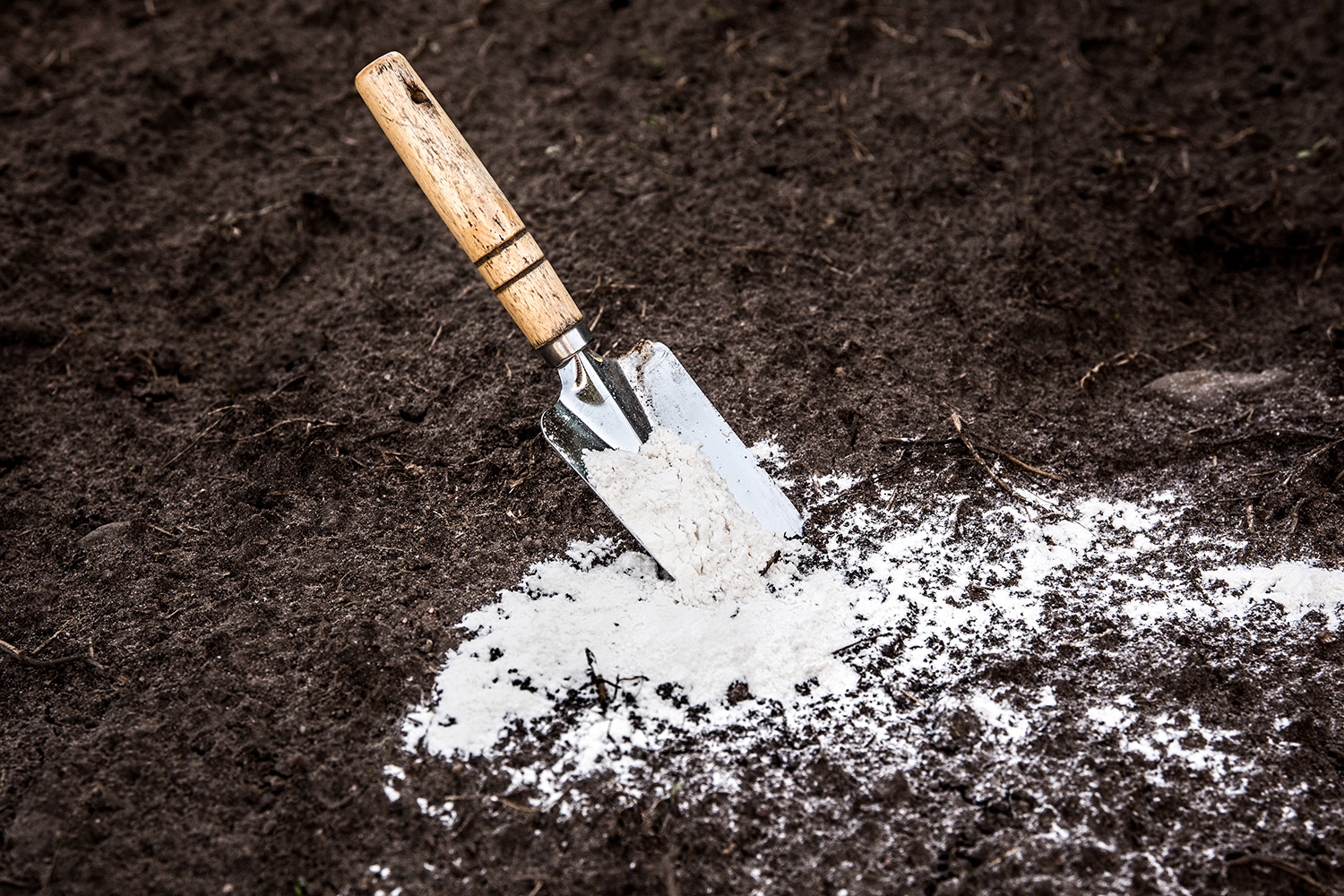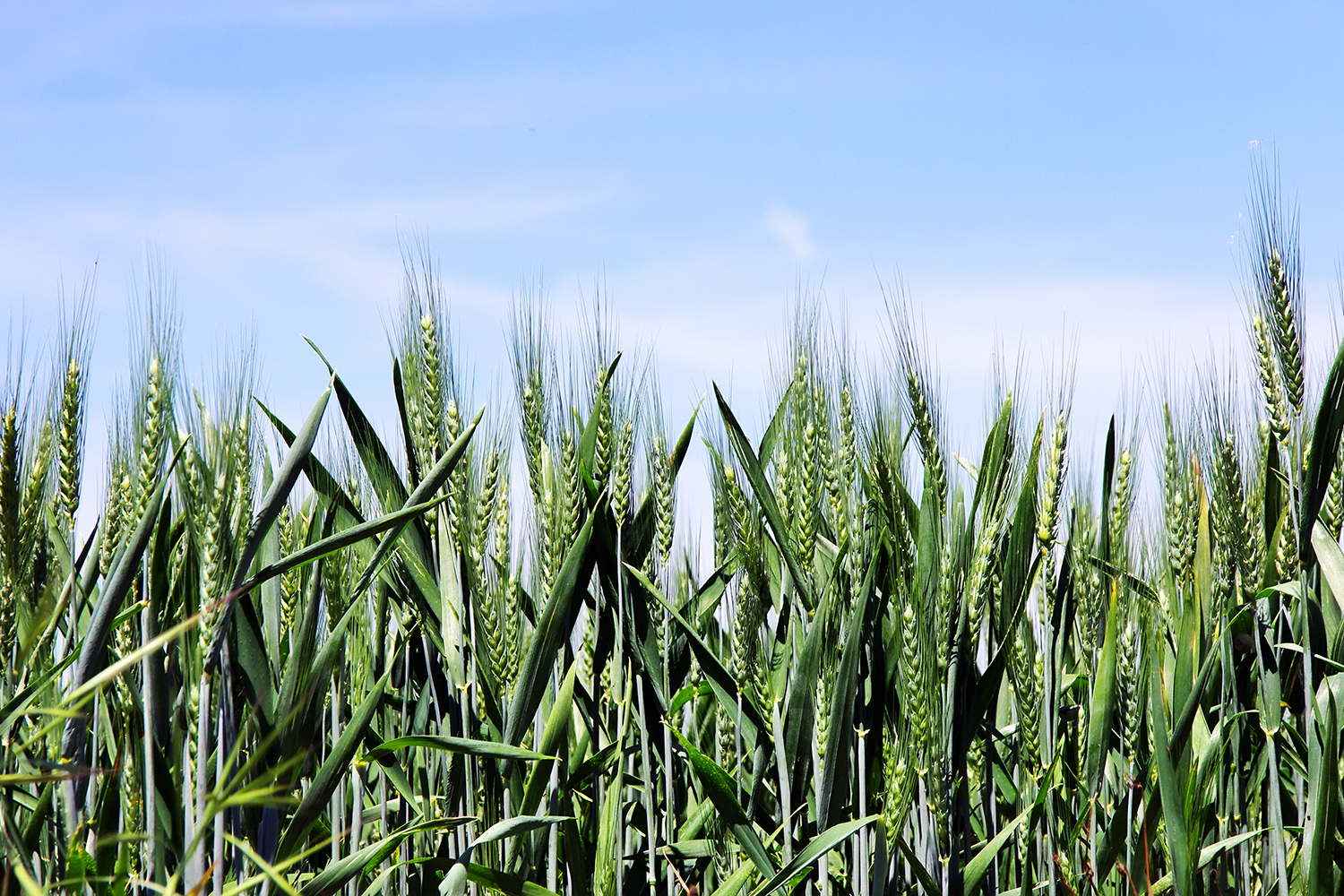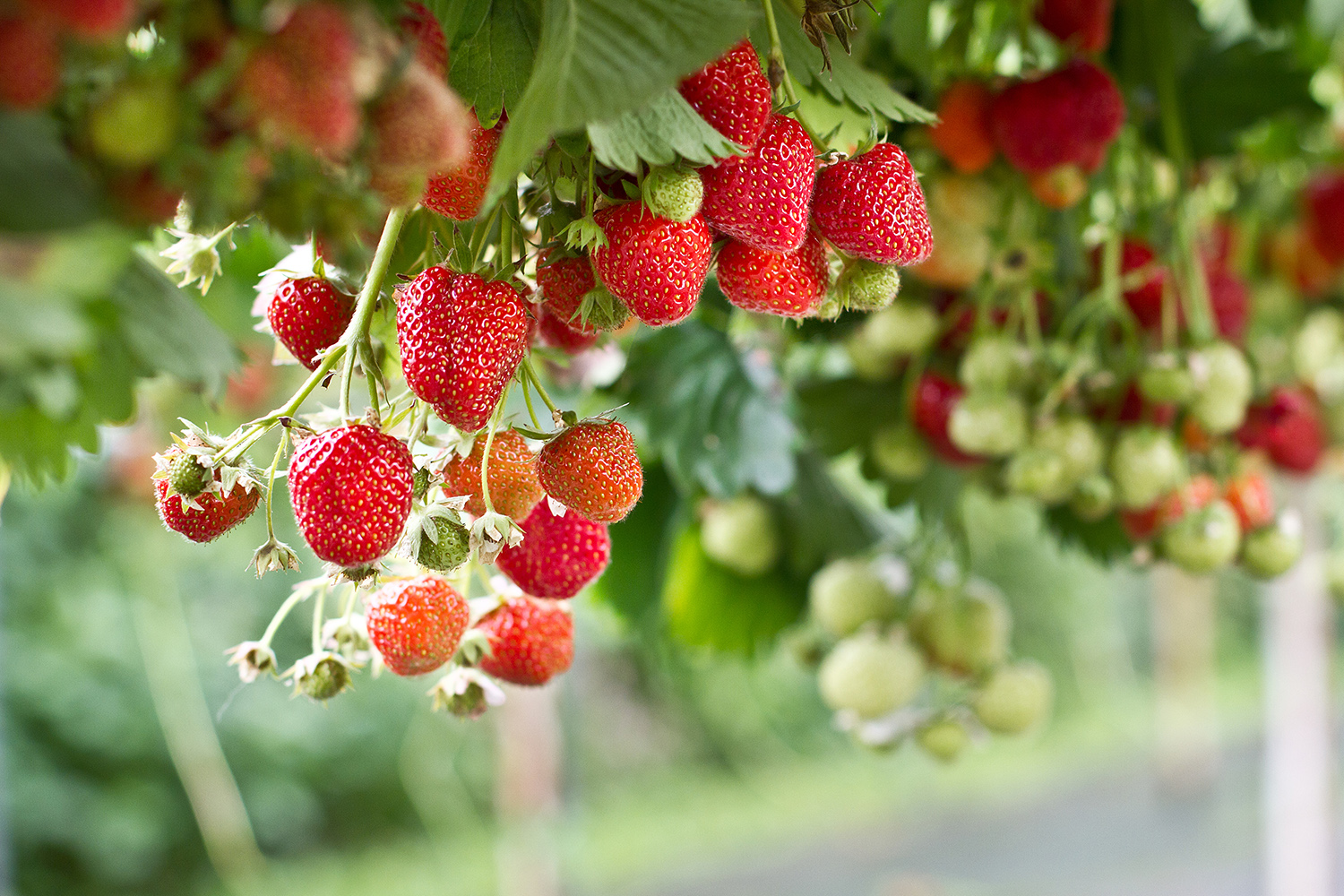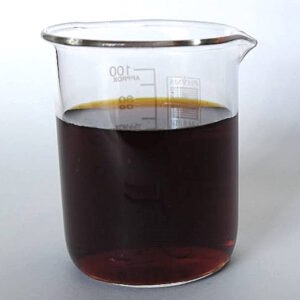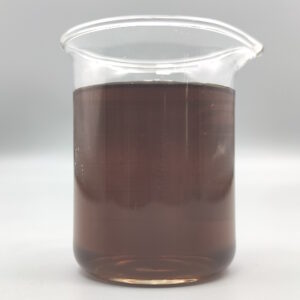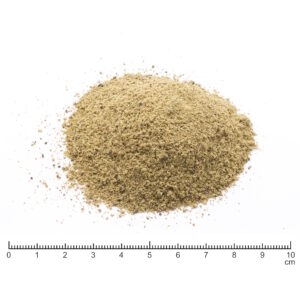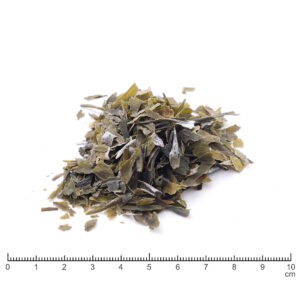ALGROS/Fertilisers
Algae fertiliser in agriculture: Algae as a raw material for fertiliser
Algae are increasingly playing a major role in the agricultural sector. As a sustainable, natural source of nutrients, they can also be used in crop cultivation and are thus attractive fertilisers. The diversity of algae and also their various active substances is enormous. This enables special fertiliser formulations for the most diverse needs of plants. Here you can find out everything about algae fertilisers in innovative plant cultivation.
„For innovative and natural fertiliser solutions, the recipe is perfectly adapted to the respective type of crop. Nutrients from algae are being used more and more frequently. In this way, modern agriculture can be maximally close to nature and at the same time ensure security of supply.“
— Jan Ringeis, Founder & Head of Logistics Algros und Algenladen GmbH
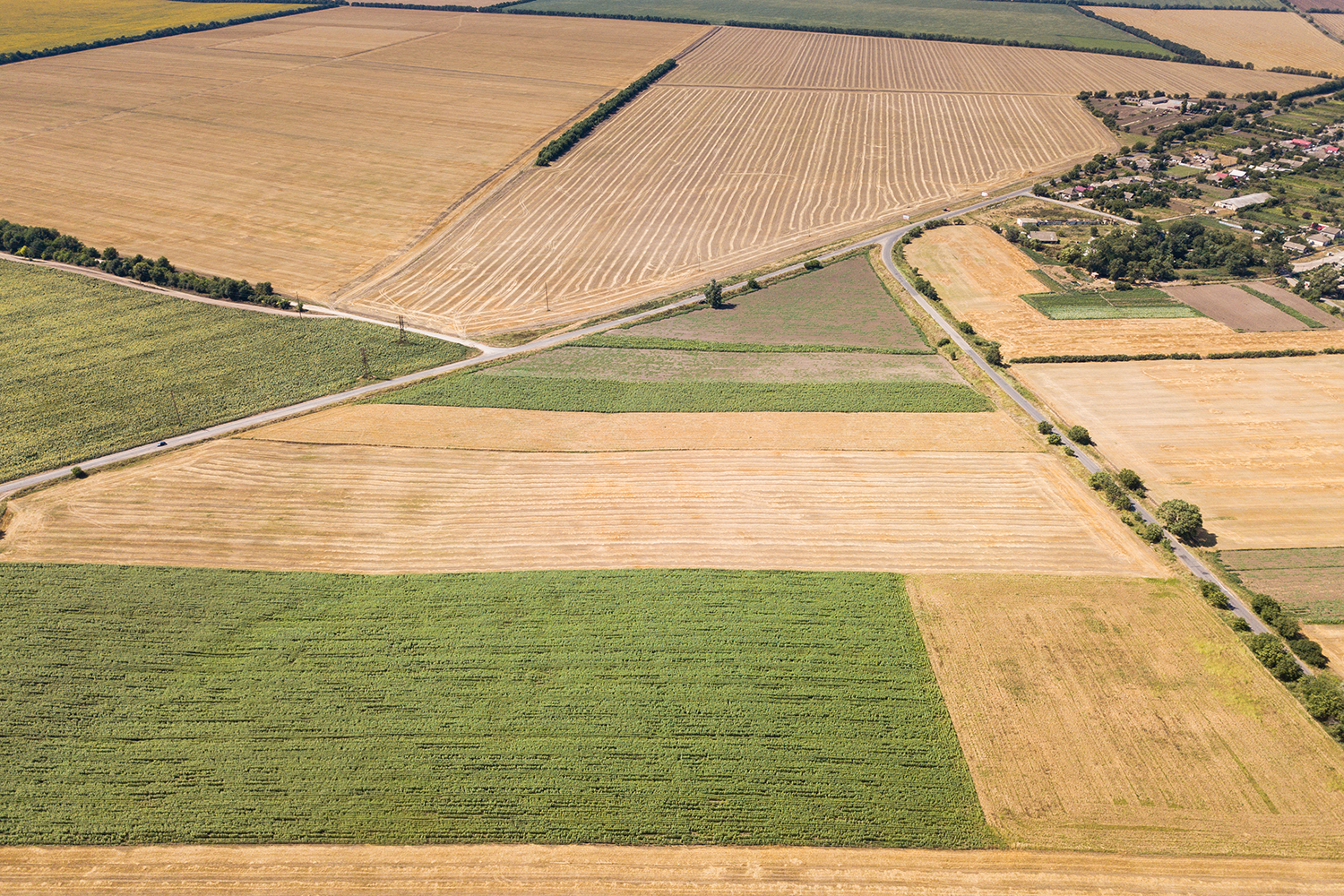
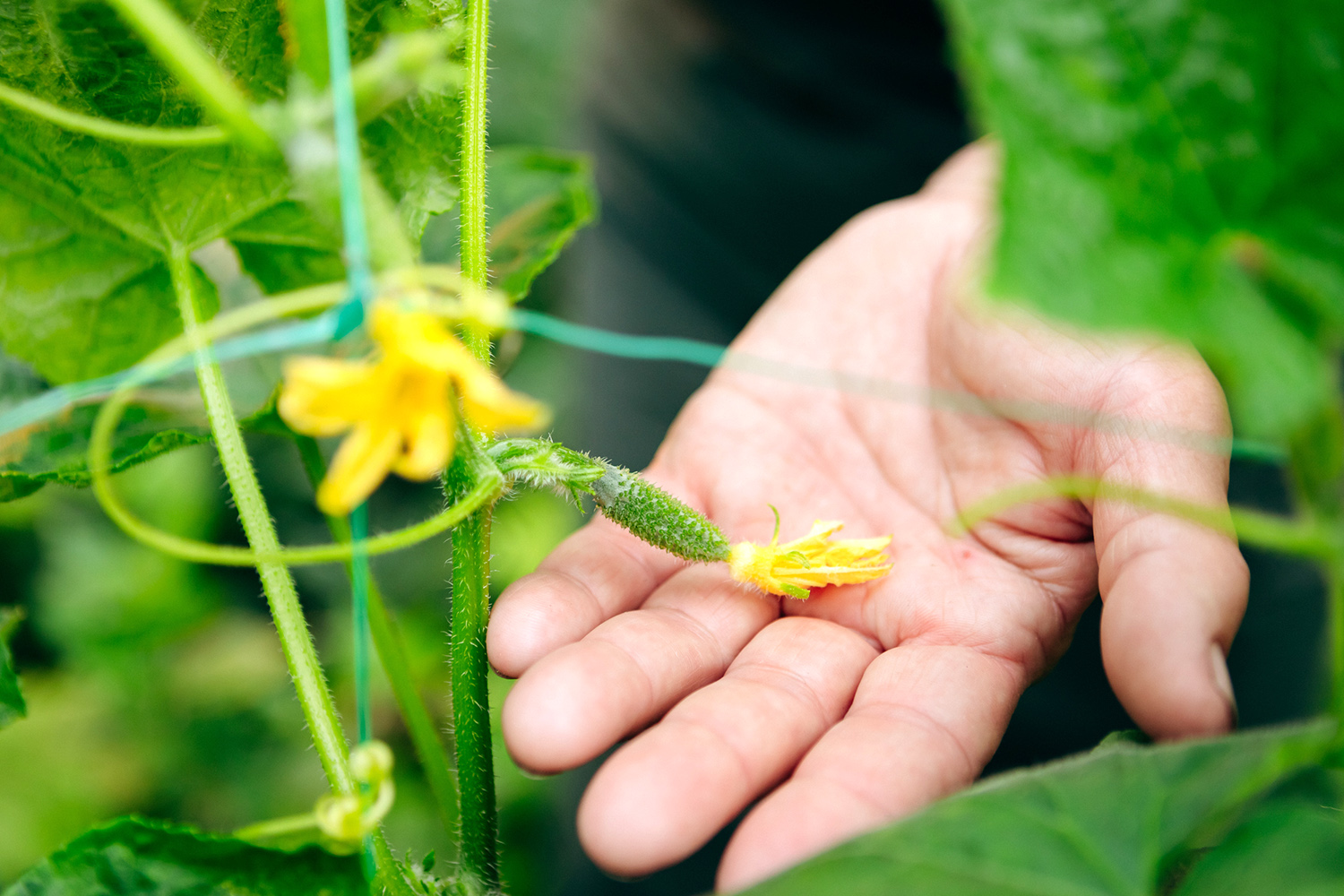
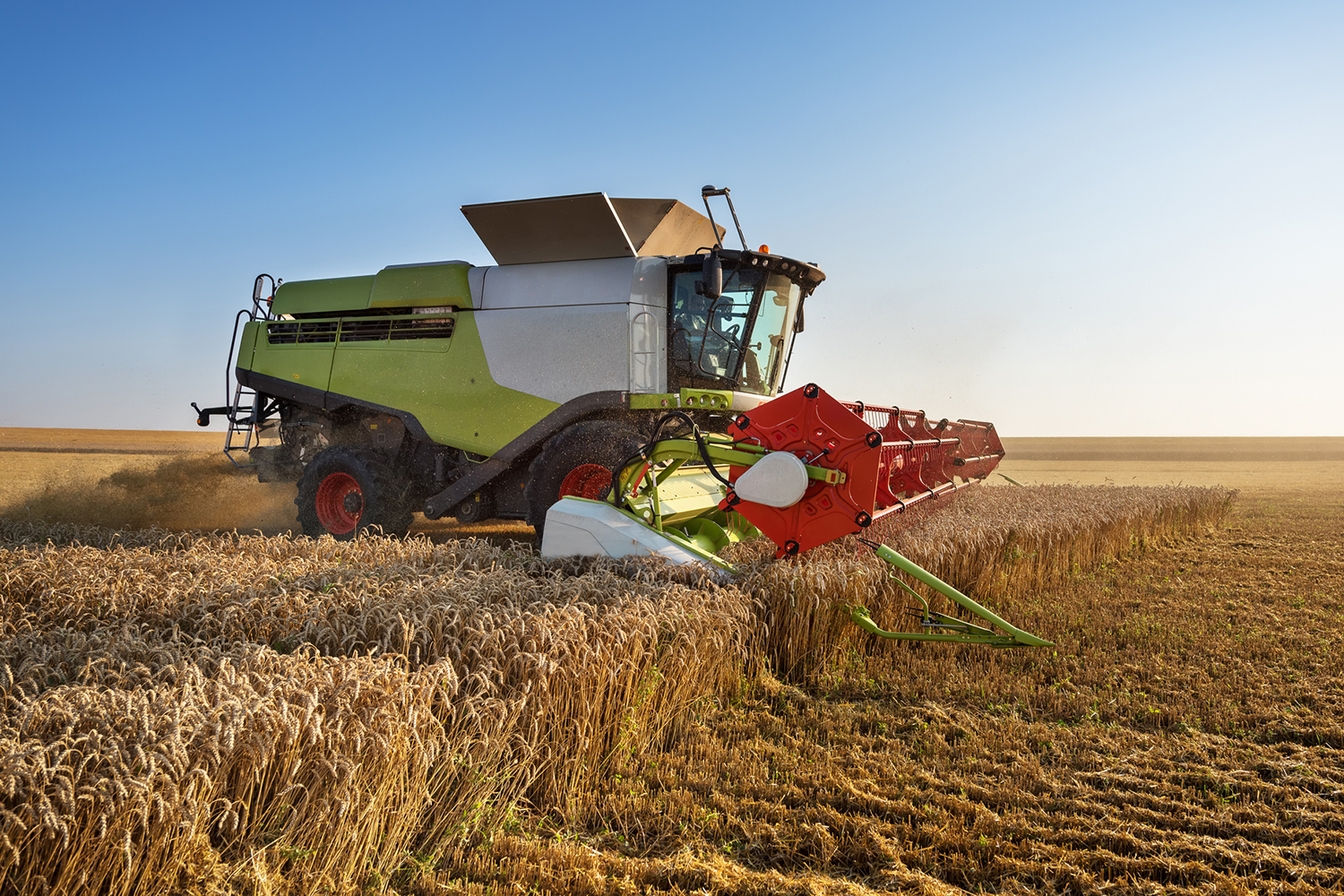
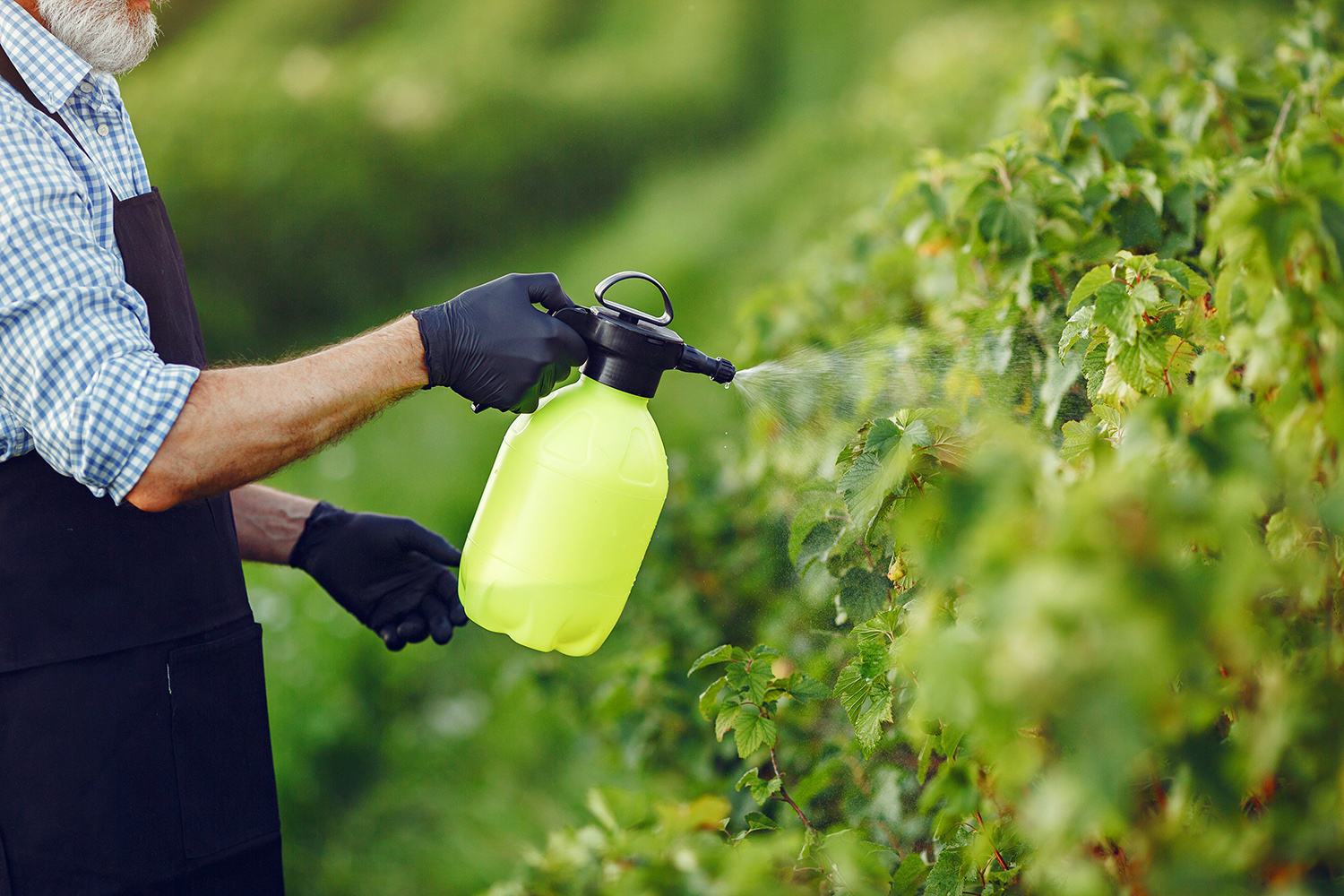
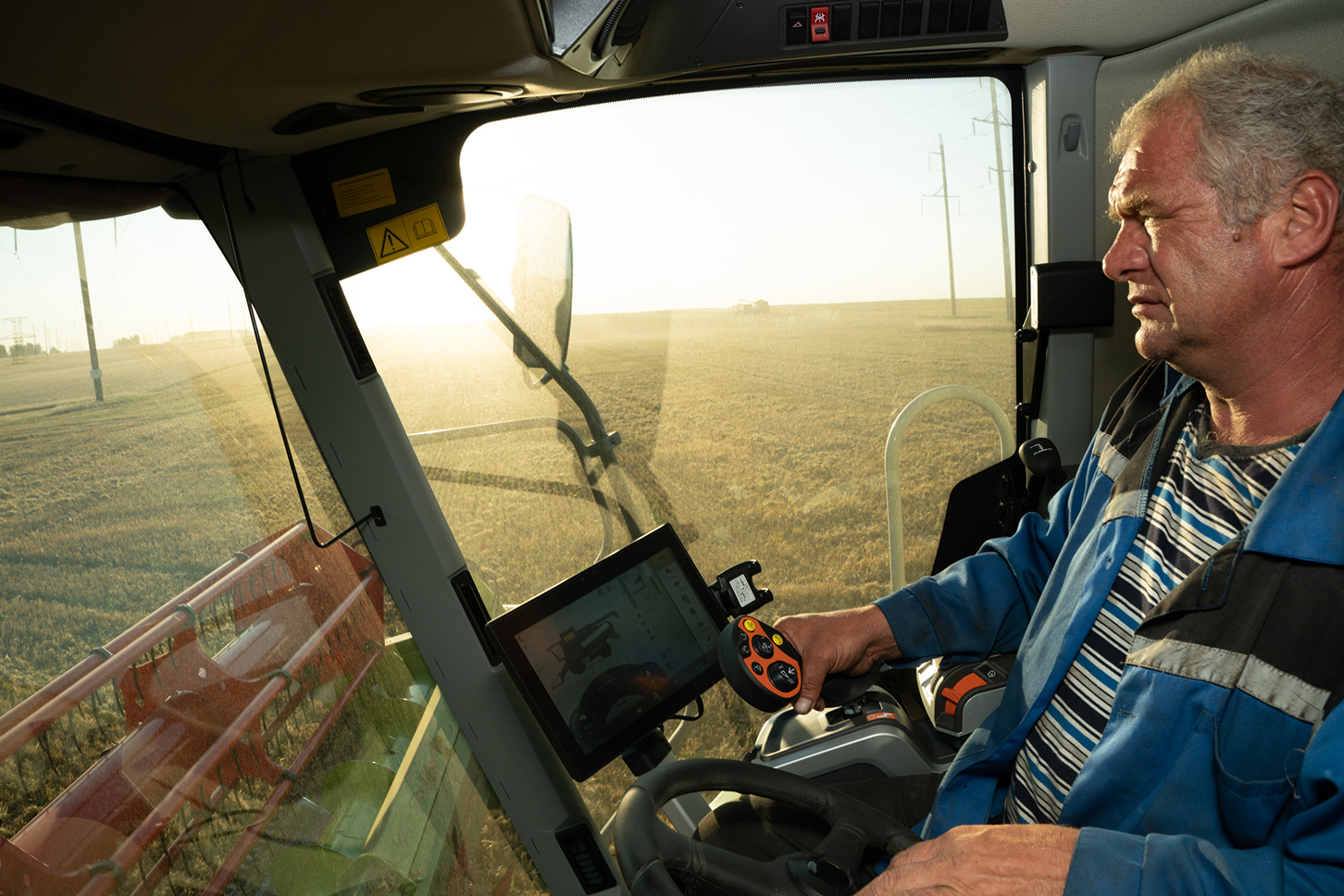
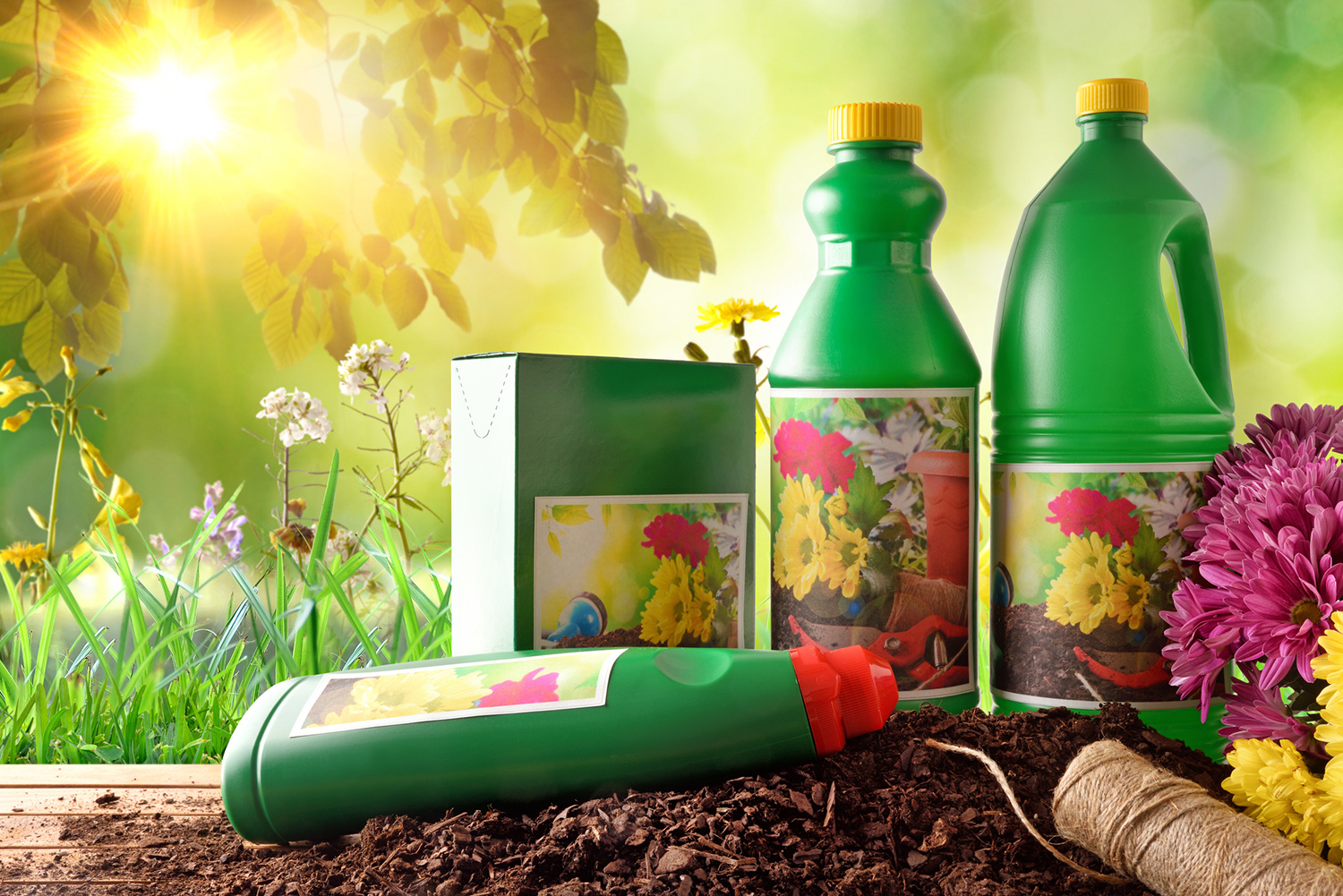
Algae fertiliser: This is why demand is rising
These are the advantages of algae fertiliser at a glance:
- The Fertiliser Ordinance stipulates maximum fertiliser efficiency. In 2017, the ordinance was fundamentally changed and now includes a reduction of environmental environmental pollution, for example to protect water bodies. Thus fertilisers are required that supply the plants with all important nutrients, maintain the fertility of the soil and at the same time are environmentally compatible. Algae meet all these requirements, which is why they are optimal organic fertilisers.
- Algae not only supply the plants with nutrients, but also the microorganisms in the soil. This strengthens the soil flora and thus also the fertility of the fields.
- The algae’s various nutrients, such as nitrogen, phosphorus, potash and plant growth hormones, improve the harvest.
The nutrients only enter the soil slowly. This reduces the risk of overfertilisation with environmental damage.
- Better seed germination and deeper root development are observed with algae fertiliser.
- The advantages together lead to healthy plant stands, terrible soils and therefore also to a high-yielding harvest.
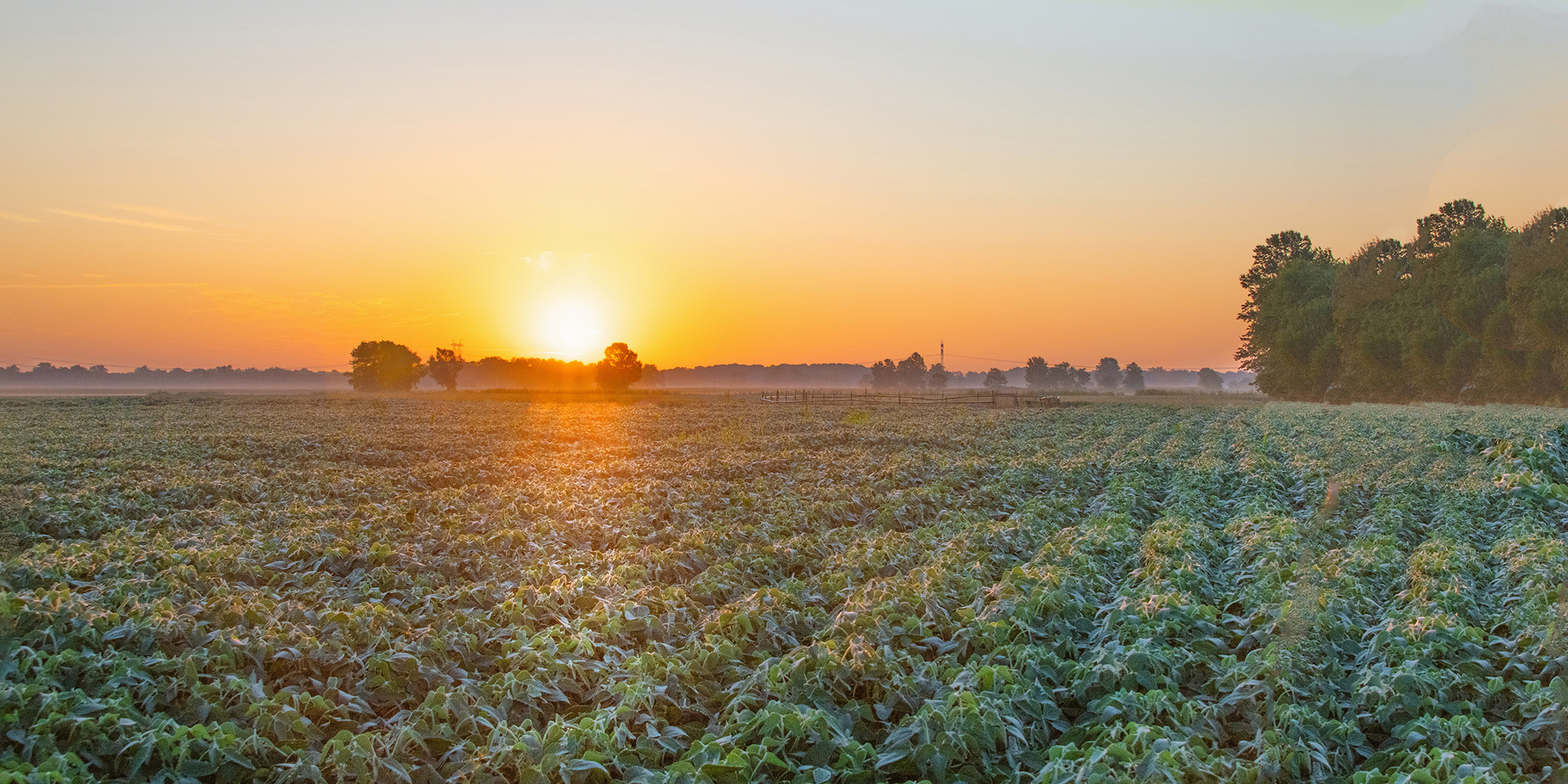
Algae as biostimulants for plants
Biostimulants are seen as hope in plant protection and fertilisation. Mostly they are microorganisms, algae, plant extracts, extracts of animal origin or humic and fulvic acids. They are intended to improve the efficiency of nutrient utilisation, stress tolerance and quality characteristics. However, they are not necessarily nutrient suppliers. For farmers, biostimulants and thus also algae are becoming increasingly interesting because, unlike pesticides, they are not toxic to insects.
This enables modern agriculture that does not contribute to insect mortality. Currently, abiotic stress on plants is increasing. Periods of heat, drought and cold are becoming more extreme. Plants must be well prepared for this. This is exactly where biostimulants come in. They strengthen the plant’s resistance and thus also reduce the risk of crop failure.
In short, biostimulants are sustainable alternatives to pesticides and fertilisers. They increase the yield, vitality and quality of the harvest.
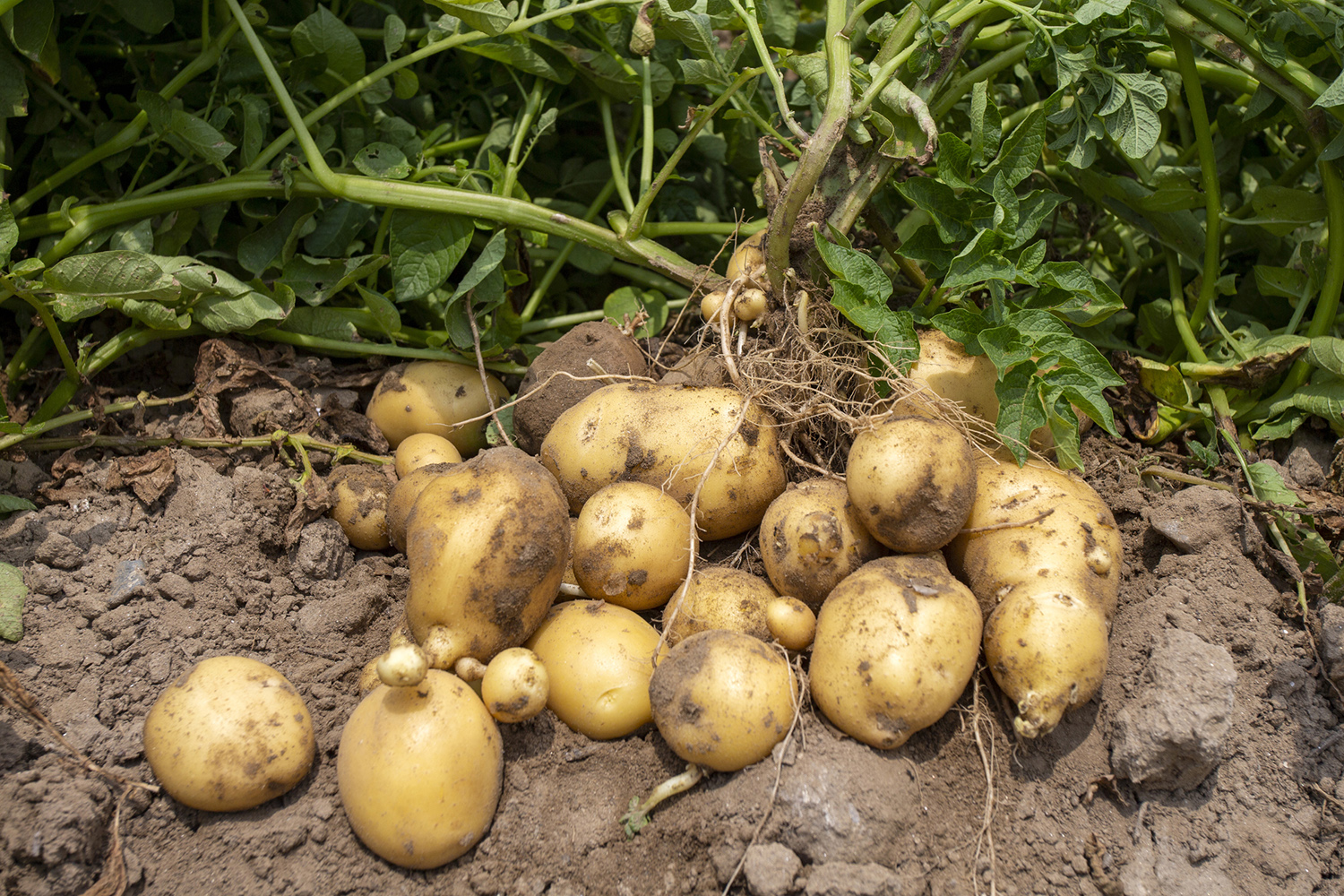
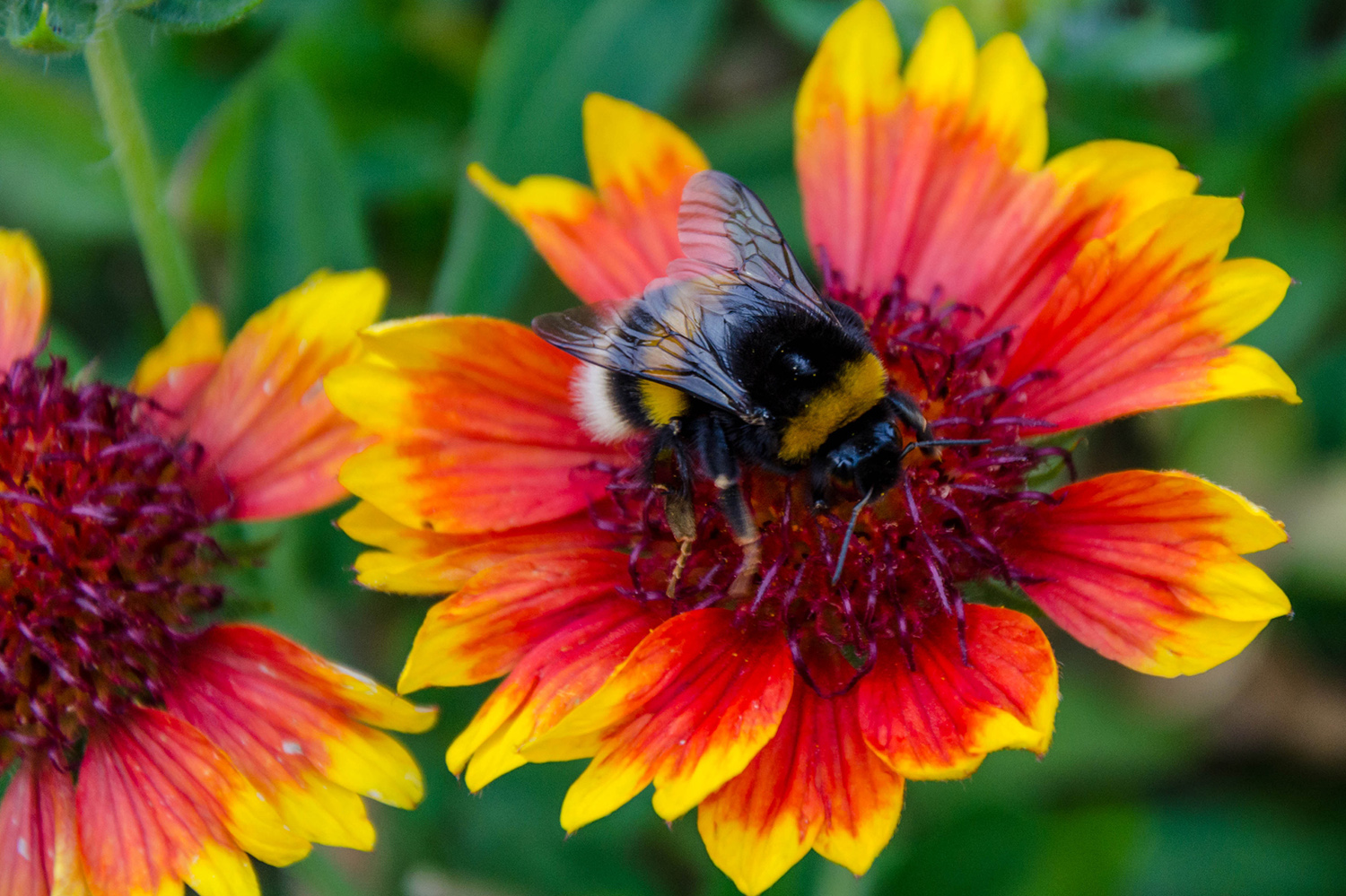
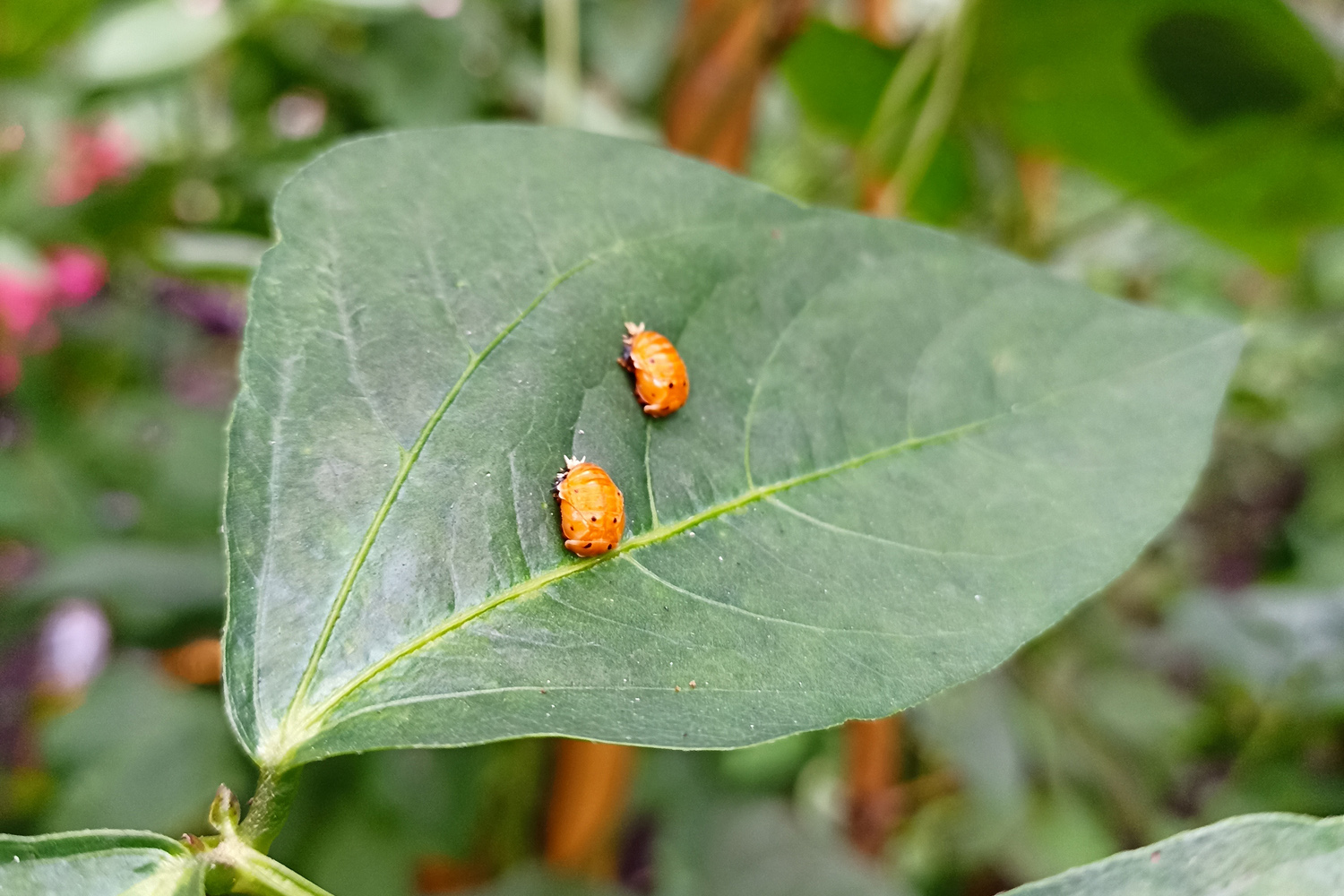
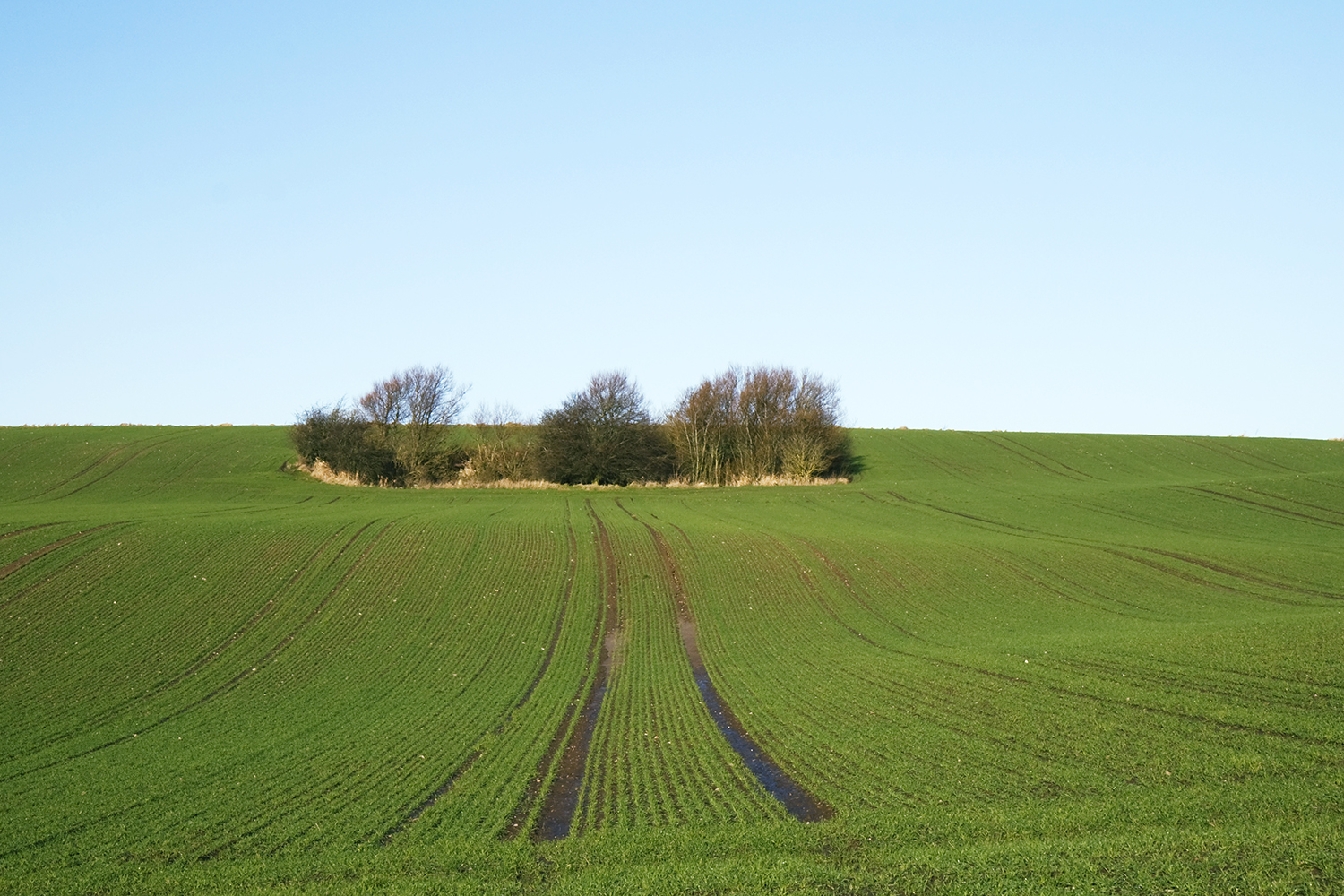
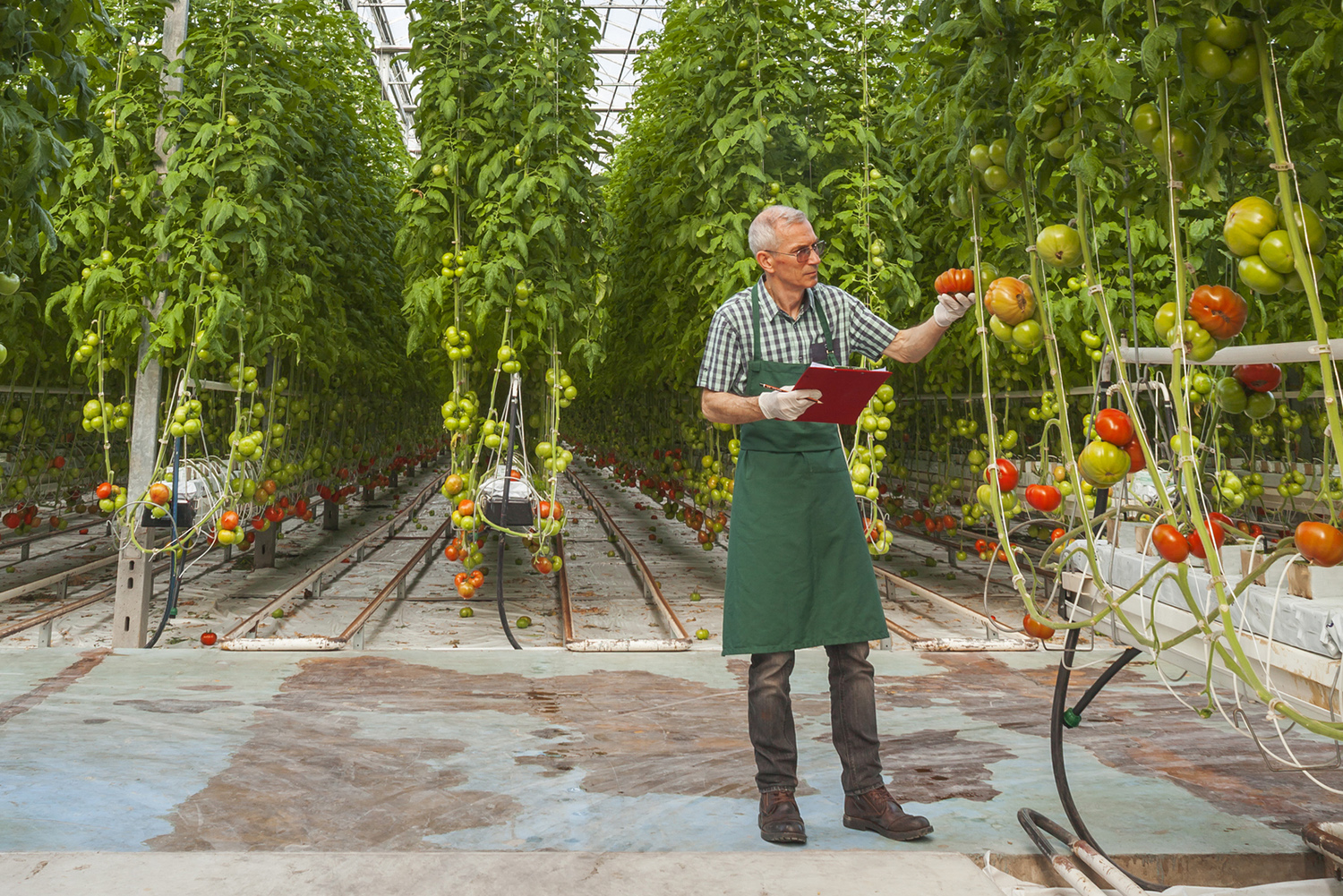
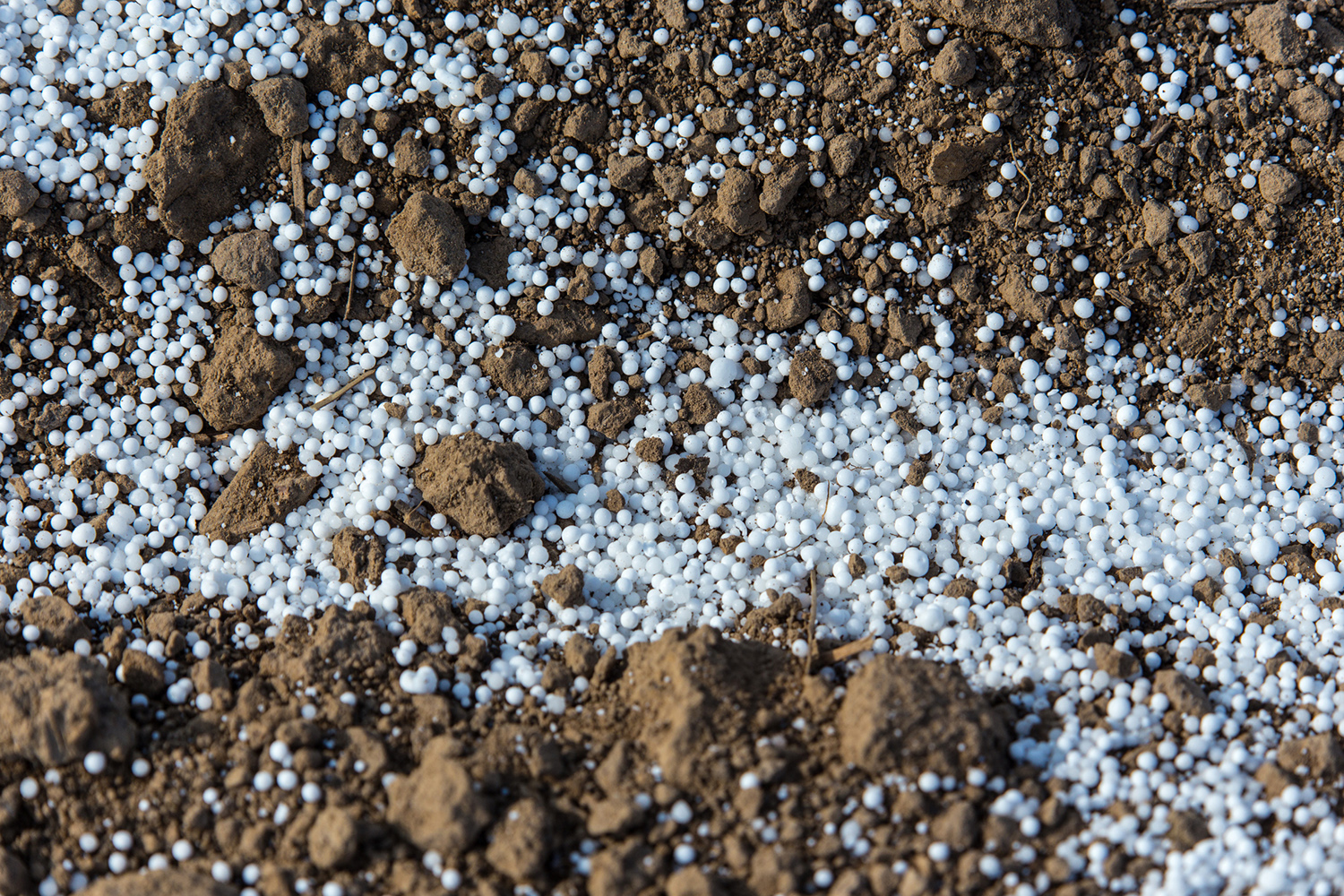
Which algae are used in agriculture?
| Algae / Algae product | Advantages |
| Ascophyllum nodosum (Knotted wrack) | This is a macroalgae that belongs to the brown algae. It is interesting as a raw material for fertilisers because of its minerals such as potassium and magnesium as well as its nitrogen content.In addition, the algae fertiliser strengthens the plants. Another advantage that contributes to a sustainable agricultural economy: Ascophyllum also grows in the North and Baltic Seas. Short delivery distances for an organic fertiliser from the home country are thus possible. |
| Ulva lactuca | This green algae is known as sea lettuce. But it not only ends up on plates in some countries as a delicious ingredient, but also as a sustainable alternative in the field. It contains abundant trace elements and minerals that provide optimal nutrition for plants. Increased growth of sea lettuce can be a sign of over-fertilisation of the soil and is detrimental to the natural balance in the sea. If this alga is removed and processed into fertiliser, it contributes to sustainable agriculture in several ways. |
| Laminara digitata (Kombu) | This algae also belongs to the brown algae and is found in both the North Sea and the Baltic Sea. This makes Kombu an ideal raw material for sustainable fertiliser. Nutrients such as iodine and potassium ideally supply the fertilised plant. |
Our TOP sellers in the fertiliser section
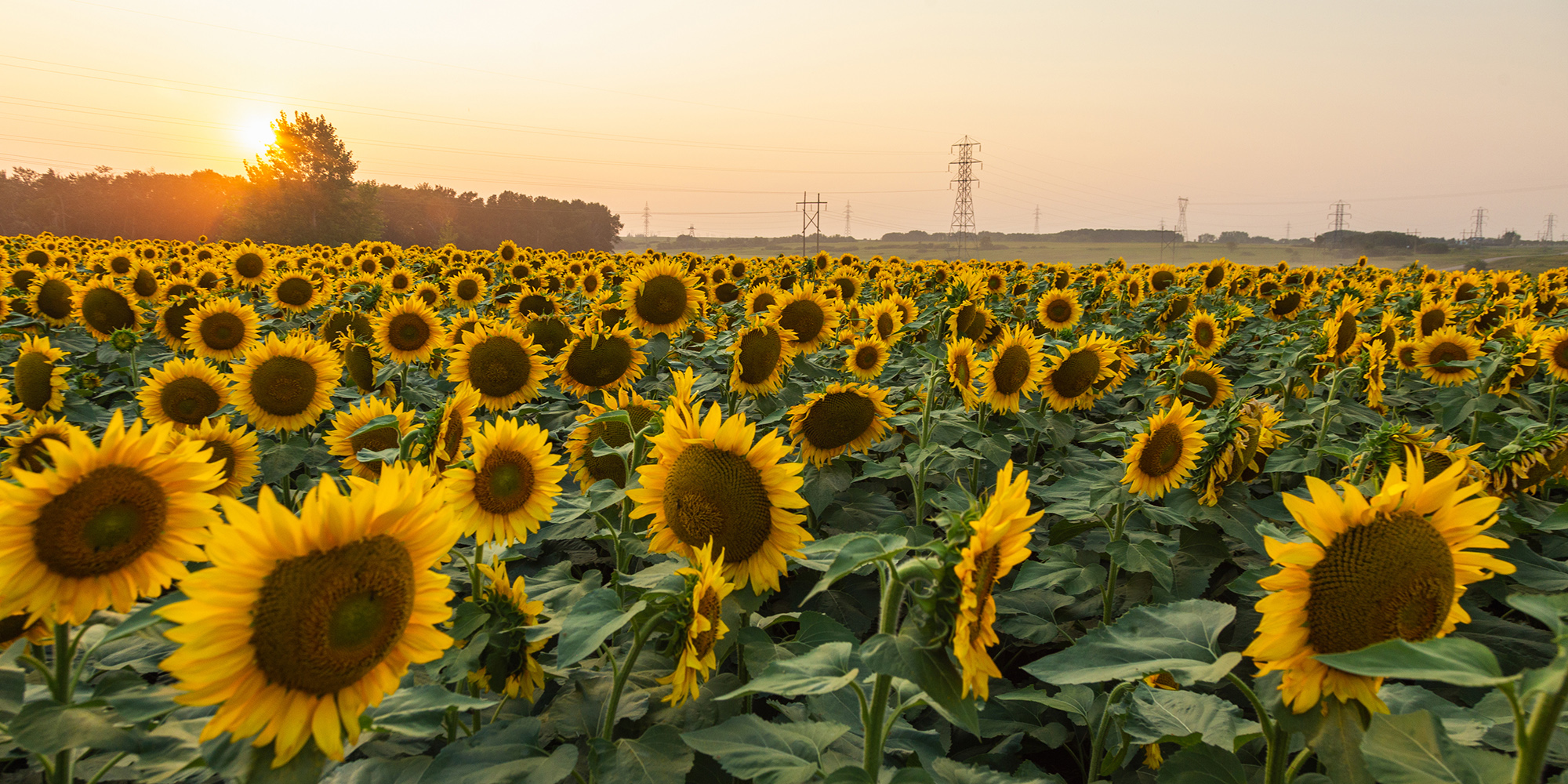
How can algae be used as fertiliser in agriculture?
